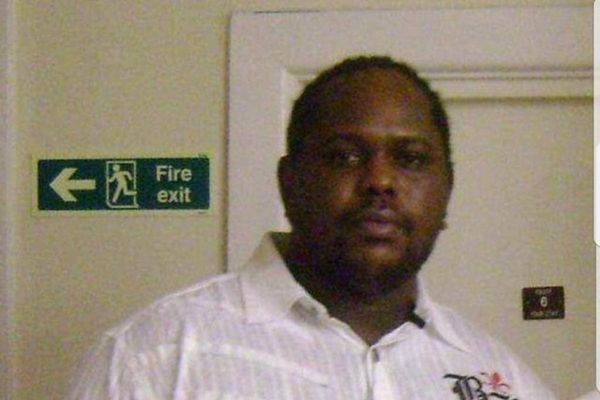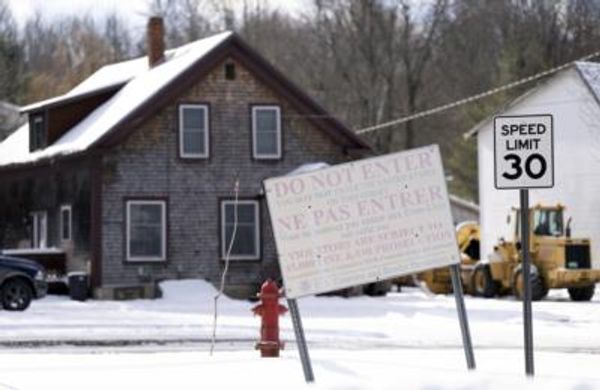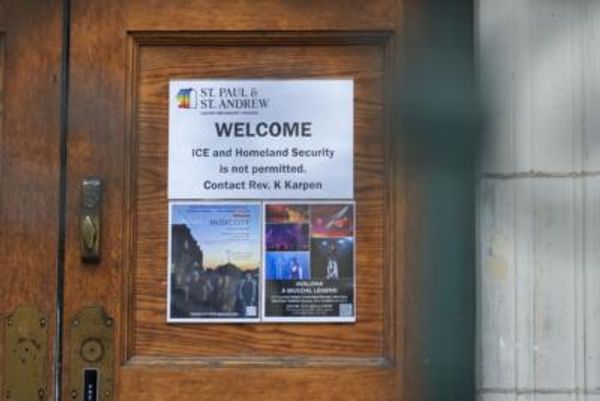PHILADELPHIA — Half of the shootings in Philadelphia in recent years were sparked by arguments. Most of the guns used in crimes in the city were bought in Pennsylvania. And many suspected shooters and victims had previously been arrested or received mental health services from the city. The majority had also witnessed violence.
Meanwhile, as gun crimes have reached record heights in Philadelphia — a crisis that has overwhelmingly affected communities of color — thousands of cases remain unsolved, while gun-possession prosecutions increasingly fail in court.
Those were some of the findings outlined in a report released Thursday by a host of city officials in response to Philadelphia’s gun violence epidemic. The 194-page study, commissioned in 2020 by City Councilmember Curtis Jones Jr., was designed to provide a variety of perspectives on the issue, and it includes data and insights from police, prosecutors, public defenders, public health workers, and city officials.
“What is special ... is not just the findings and recommendations that you’re going to have in this report — it is the level of collaboration between departments,” Jones said at a news conference at City Hall.
Vast in scope, the report touches on topics including arrests, bail, sentencing, and the need for trauma services, victim assistance, and neighborhood investments. An executive summary included 35 recommendations, almost none of which came with concrete price tags or plans for implementation. Jones acknowledged in the report’s opening pages that the document was not designed to be a solution but rather to offer “a view of the same issue through a variety of different lenses.”
Although the agencies came together to work under one banner for the project — an effort dubbed the Philadelphia Interagency Research and Public Safety Collaborative — the report was divided into sections that in some instances showcased familiar disagreements.
The Police Department, for example, noted that the District Attorney’s Office has increasingly failed to win convictions for illegal gun possession, a crime police say must be addressed to curb gunfire in the city.
But prosecutors said there was “little research supporting the approach.” And they noted that one category of gun possession — carrying without a license — was a felony in Philadelphia but a misdemeanor in the rest of the state. They called that legislative decision “inequitable and obviously racist” and said they believe the Police Department’s focus on arresting people for that crime “is having no effect on the gun violence crisis.”
“We do not believe that arresting people and convicting them for illegal gun possession is a viable strategy to reduce shootings,” the DA’s Office wrote.
Instead, prosecutors highlighted the fact that police secure arrests in less than 20% of nonfatal shootings, saying the Police Department should focus more on investigating those more serious, violent, and traumatic crimes.
Police are in the process of launching a unit dedicated to investigating nonfatal shootings, cases that have traditionally been handled by detectives who also investigate robberies, aggravated assaults, and other crimes.
Still, there was general consensus in the report on a number of overall topics, such as the need to include community stakeholders in developing strategies beyond enforcement; ensuring non-policing services are directed toward neighborhoods with histories of poverty and disinvestment; and finding new ways to support victims and those harmed by crime.
And at the City Hall news conference, Police Commissioner Danielle Outlaw and District Attorney Larry Krasner each praised the collective effort that led to the report.
“It has caused all types of collaboration that might not have occurred otherwise,” Krasner said.
The report did not specify who should be tasked with planning, funding, or implementing its recommendations. “Even among those [recommendations] with broader support, they will require continued collaboration between system and community stakeholders to ensure implementation in a manner that promotes public safety and fairness,” it said.
Jones said Council would seek to fund some of the initiatives during the city’s next budget cycle.
The report’s release comes as Philadelphia continues to experience a troubling level of gun violence. Thirty-nine people have been slain in homicides this year, police statistics show, and 125 have been wounded by gunfire.
Both totals rival the pace of last year, when 562 people were killed in homicides — an all-time high — and more than 1,800 were injured in shootings.
Gun violence had been on the rise in the city since 2015 before skyrocketing in 2020. Other cities experienced a similar surge in shootings as the pandemic and social unrest roiled the country. Experts have cautioned that it could take years to sort out why.
In 2019, Mayor Jim Kenney released his own report detailing antiviolence strategies to combat the rise in gun crimes, another exhaustive document that touched on initiatives ranging from policing strategies to blight reduction and increased job training.
Jones’ effort was launched in September 2020 after an alarmingly violent summer. He originally sought information on the last 100 people arrested for shootings, as well as the guns used in the crimes. But the research group expanded its focus to examine a variety of topics, including gun case outcomes, clearance rates, and missed intervention opportunities.







